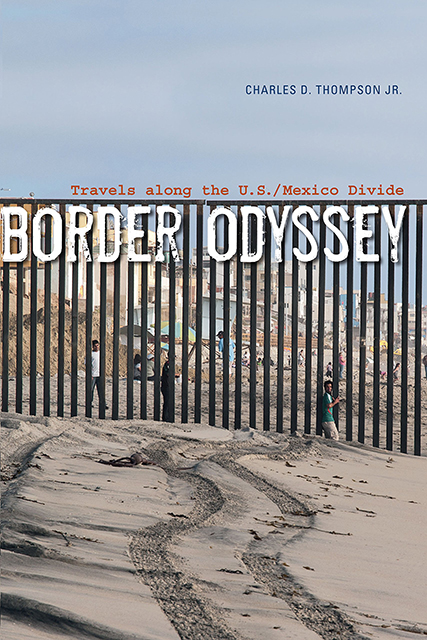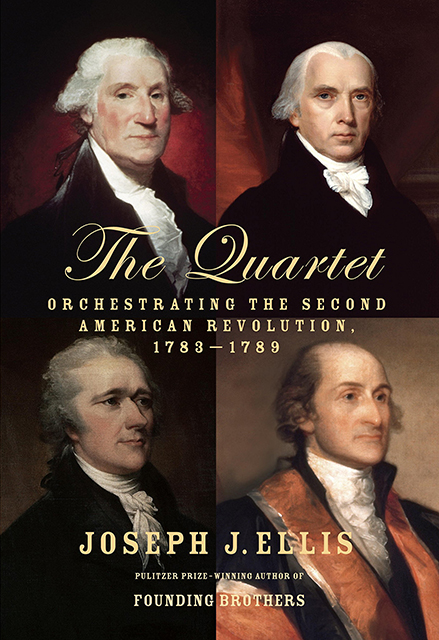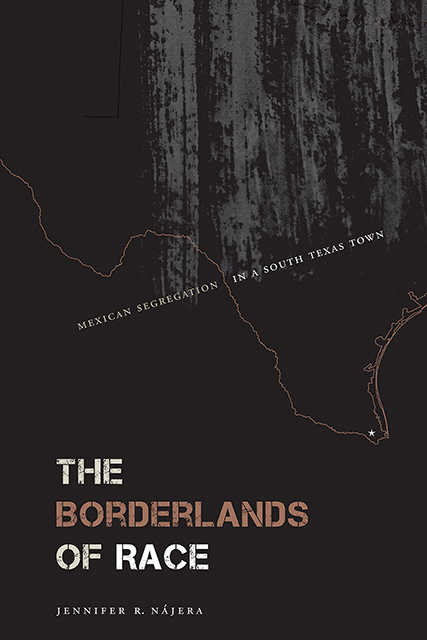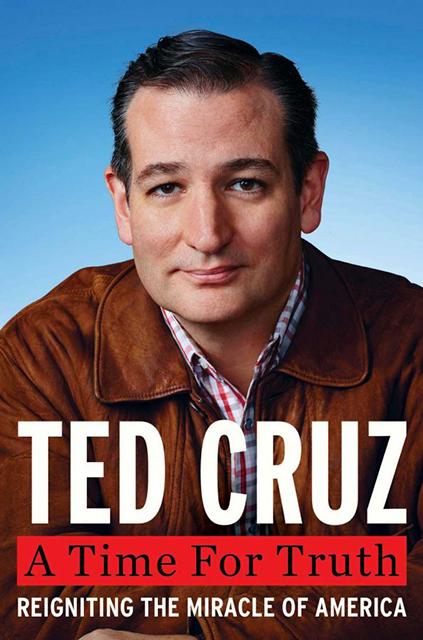The Library is continually adding new books to its collection. Below are the titles from our August 2015 New & Noteworthy list.
Check out and delivery of New & Noteworthy titles is available to legislative staff in Capitol and District offices. To arrange check out and delivery of any of these items, you can submit an online request through the New & Noteworthy page on our website or contact the library at 512-463-1252.

1. Border Odyssey: Travels along the U.S./Mexico Divide
By Charles D. Thompson Jr.
Chronicles Duke University professor Charles Thompson Jr.'s journey along the entire length of the U.S.-Mexico border and his encounters with residents on both sides of the border. Attempts to humanize the border region by sharing the stories of residents' everyday lives including how the U.S. border policy has impacted them. Strives to present a candid picture of the people of "la frontera" and to change the conversation on immigration.
University of Texas Press, 2015, 318 pages
972.1 T372B 2015

2. The Quartet: Orchestrating the Second American Revolution, 1783-1789
By Joseph J. Ellis
Argues that the passage of the Declaration of Independence in 1776 did not make the United States a nation. Explains that nationhood resulted from the creation, adoption, and implementation of the United States Constitution. Maintains the transformation of a confederation of thirteen states to a nation with centralized power was due to leadership from Alexander Hamilton, George Washington, John Jay, and James Madison with support from Governor Robert Morris and Thomas Jefferson.
Alfred A. Knopf, 2015, 290 pages
342.7302 EL59Q 2015

3. The Eternal Criminal Record
By James B. Jacobs
Examines historical reasoning behind the growth of the American criminal records system, including public access to everything from arrestee information to felony conviction histories. Discusses the direct and unintended consequences for the 60 million Americans with criminal records, which can be easily obtained by employers, landlords, and the public at large. Considers how changes in American criminal record policy could have profound positive impacts for individuals who have demonstrated their rehabilitation.
Harvard University Press, 2015, 396 pages
345.73 J153E 2015

4. The Borderlands of Race: Mexican Segregation in a South Texas Town
By Jennifer R. Najera
Presents a historical ethnography about the culture of Mexican segregation in La Feria, Texas from 1915 through the late 1980s. Examines how social movements and subsequent changes to federal and state policies shaped people’s experiences of Mexican segregation throughout three different time periods: the establishment of segregation in the early part of the twentieth century, its accommodated form in the 1940s, and its gradual unraveling after the civil rights and Chicano movements. Points out contradictions in the structure of Mexican segregation that made the processes of desegregation more difficult, enduring well beyond the passage of major civil rights legislation. Demonstrates the ways people of Mexican-origin in the South Texas border community challenged national racial attitudes and set the stage for broader racial integration and community transformation, creating a meaningful space for themselves in areas historically dominated by Anglos.
University of Texas Press, 2015, 183 pages
305.868 N145B 2015

5. A Time for Truth: Reigniting the Promise of America
By Ted Cruz
Recounts the author's life, from his family's immigrant beginnings, to his ascent as a U.S. Senator. Discusses his grassroots campaign that, with the emergence of the Tea Party movement, helped propel him to the forefront of the Republican party. Delves into his time as Texas Solicitor General, as well as his dealings with the Obama administration and "Obamacare." Offers a behind-the-scenes look at his life thus far, as well as his vision for the future.
Broadside Books, 2015, 368 pages
328.73 C889T 2015

6. Confederate Symbols in the Contemporary South
By J. Michael Martinez et al., editors
Discusses the controversial issue of confederate symbols in modern America, specifically in the South. Distinguishes between "symbols as history" and "symbols as racism." Provides balanced and thought-provoking viewpoints as it is a collection of essays by historians, political scientists, philosophers and lawyers.
University Press of Florida, 2000, 351 pages
973.713 M336C 2000